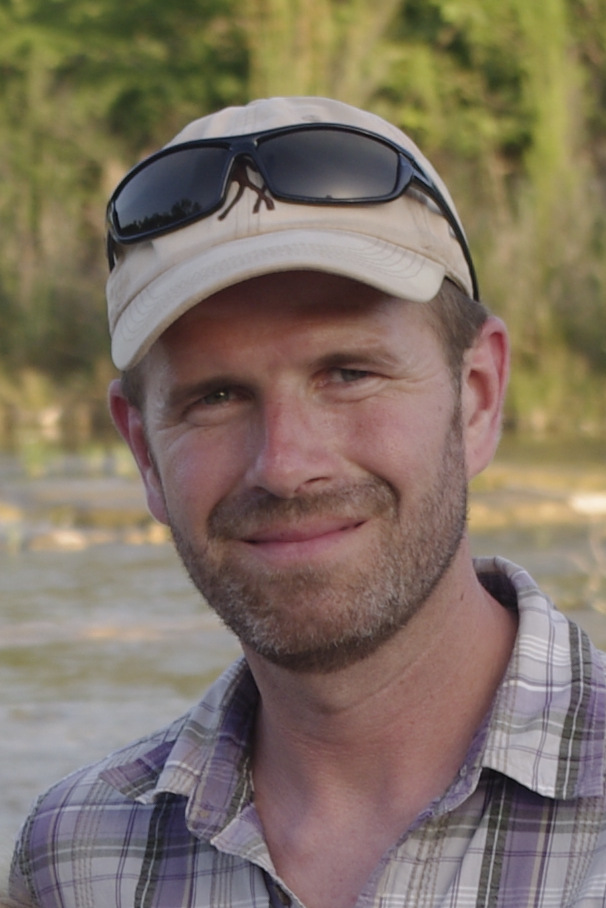Report
by Micki Clark
Dark sky awareness and our youth can and do go together! The time is now to get our youth involved in campaigns to prevent and hopefully reverse some of the damage we are doing to the night sky.
I am in the fortunate position to interact with our youth on a day to day basis, as I teach six astronomy classes per day in a Texas public high school. The number of students that sign up for the course continues to grow each year and it is because they want to know the night sky. This affords an opportunity to make a large number of our next generation’s leaders and citizens aware of the night sky they are missing. I do not approach the topic until we are well into the year, usually after we have viewed and studied a variety of incredible night sky images from several dark sky sites. This generally elicits questions such as, “Does the night sky really look like that?” or “Is this a real picture?” At this point in the year, enough of the students are hooked and are jumping at the chance to take part in real science.
Within the classroom, I make efforts to incorporate as many citizen science projects as possible. One that has been easy to implement is Globe at Night (GaN). I usually incorporate a visual component into my class to teach the students how to find their way around the night sky. This year after returning from winter break, I learned that few of my students had traveled to west Texas and were able to see the night sky in true form, as opposed to our light polluted sky in San Antonio. At this point, we became involved in dark sky awareness. I created an assignment that required each student to take three sky brightness measurements during the January Globe at Night dates. We utilized a planetarium program and GaN instruction sheets to ensure the students could identify the stars of the Orion constellation. Each student was provided with three observation sheets to record each of their observations. After the final date in January, the students brought their sheets into class and we used our class set of iPads to input their measurements. The response to homework was nothing short of amazing. Daily, students were speaking with me about what they were seeing—lights left on by neighbors and a glowing shopping center that resulted in an inability to view Orion. Fortunately, this awareness resulted in their making efforts to improve the night sky by turning out lights at their personal homes, making note of particularly troublesome areas within town, and generally advocating for the night sky.
A sense of astonishment set in as I realized the positive impact of the GaN project on my students. The students want to see the night sky, and GaN and other citizen science programs allow them to become involved on a global scale.
From this experience, I have learned that when students realize what the night sky could be and are provided with an opportunity make contributions toward light pollution awareness, they WILL get involved. I have this group of students for a little more than one month before most make their way off to universities and the work force. I plan on reminding them about the contributions they can make to taking back our night sky. Hopefully, they will take the message along with them and become the next Dark Sky Advocates.
###
 Micki Clark is a science educator living in Texas. He has a passion for science from the microscopic organism, to the bottom of the oceans, and out into the universe all around. He spends every free moment possible outside with his family exploring our incredible world and the sky above. His current professional goals focus on exposing the universe and its secrets to our youth while encouraging them protect it for others to discover.
Micki Clark is a science educator living in Texas. He has a passion for science from the microscopic organism, to the bottom of the oceans, and out into the universe all around. He spends every free moment possible outside with his family exploring our incredible world and the sky above. His current professional goals focus on exposing the universe and its secrets to our youth while encouraging them protect it for others to discover.








Comments